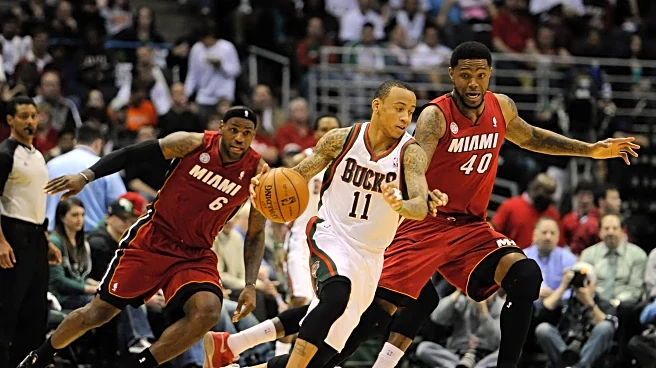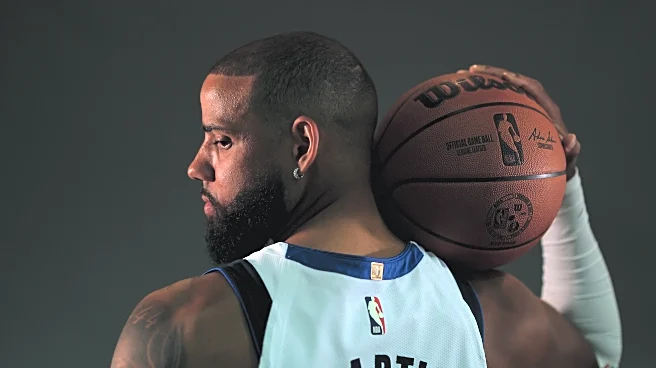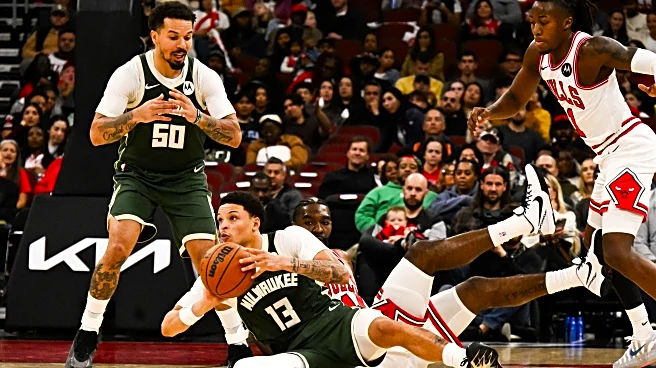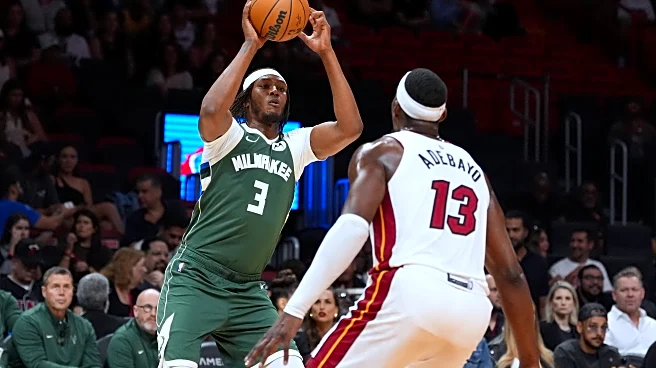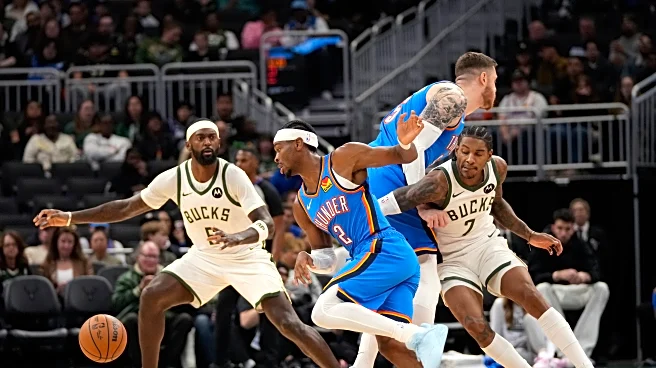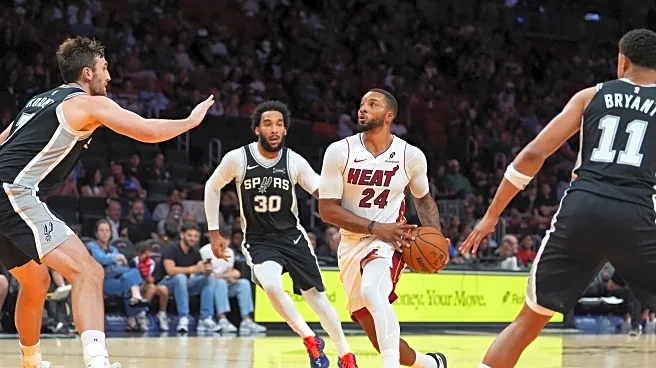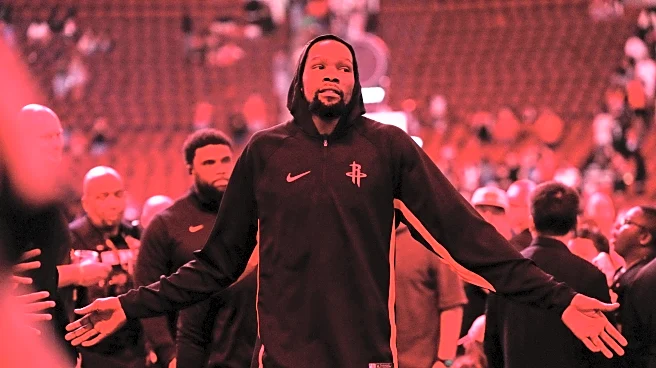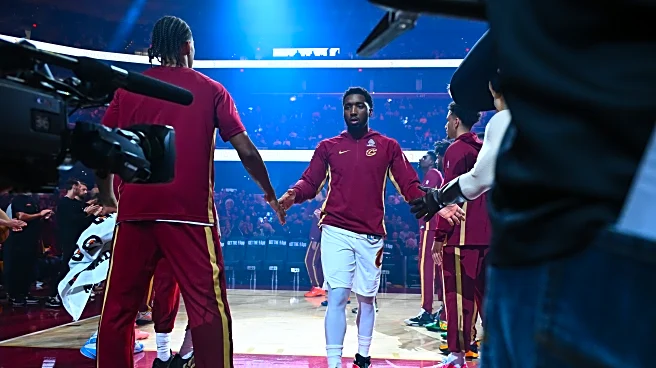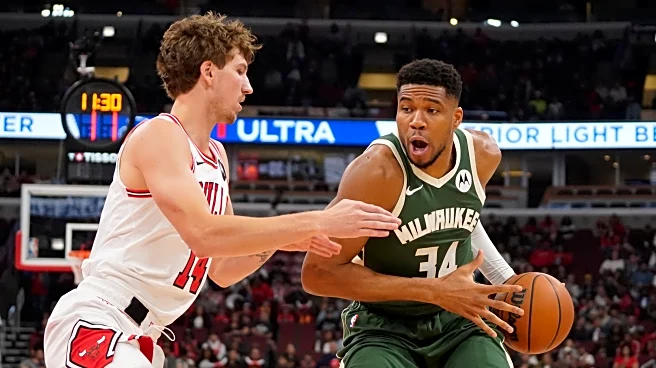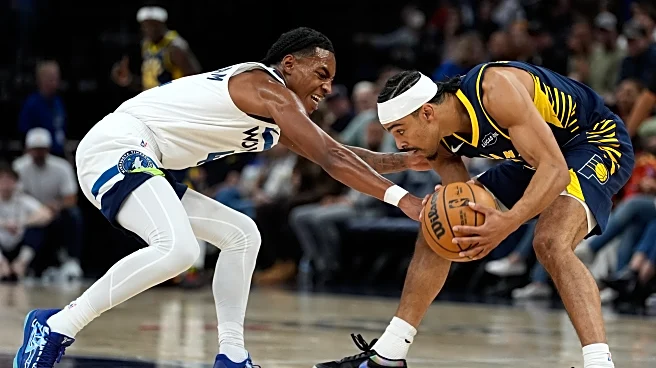First, there was the sound. The metallic, bone-vibrating ring of the backboard, and only then the picture: the ball falling through the net while Toyota Center turns into an aquarium of school fish, all eyes
wide, all asking if this is possible. Rockets disarmed at the buzzer. Milwaukee wins 110–107. And Monta Ellis, the one who guaranteed chaos like an old lawn mower, lets go a shot from near half court that should die in the air, but instead suddenly grows wings. That night “have it all” did not sound like a meme but like a sentence carried out: 27 points, 13 assists, six rebounds, six steals, plus that ridiculous, lucky three in a season where his threes scarcely fell at all. Pure Hero Ball. A small miracle in high-top shoes. Also, a warning: this would be basketball on the knife’s edge, where there is more blood than fireworks.
The day Milwaukee bought a dream
I remember 13 March 2012 as the countdown to the birth of my first child. Every day a mark on the calendar, every night a breath held a little shorter, waiting for his arrival. And somewhere in the background, Monta Ellis Hero Ball tried to steal his thunder. For one second, I was a kid watching his Oakland highlights: a light, lightning-quick guard taking 20–30 points as if he were picking apples. The imagination goes dancing: green jersey, drives to the rim like a blade, pull-ups that stop time.
Only later comes the bill: the Bucks traded Andrew Bogut to get him. Their one true pillar, and guardian of the rim. Instead of concrete, we got flash. Ekpe Udoh arrived in the package, a favourite of calculators and defensive models, but without that spark in the eye that decides if you order five more shots of vodka at 5 a.m. or not. Senator Herb Kohl wanted a star and playoffs “right now.” He received fireworks and gasoline. So, what could go wrong?
Monta didn’t so much enter Milwaukee as burst in, like a Polish wedding guest after three vodkas too many: loud, colourful, smelling of smoke and fried kiełbasa, promising that this night will be remembered. People suddenly whispered: “the first perimeter player like this since Ray.” They pulled out his Warriors numbers like a bottle of cheap champagne at the village store, and right next to them came the cold, sober voice: one of the most heavily criticized by advanced stats in the league; a king of empty points who clings to the ball like an uncle to his last shot of Żubrówka. A true shooting of 53.6% on a star’s volume was neither a toast to glory nor a shameful hangover (editor’s note: league average TS% in 2010–11 was 54.1%). Something in between, like a party that ends with both laughter and broken glass.
At the end of 2011–12, Milwaukee chased the eighth seed, and Monta, in 21 games, poured in his share, on efficiency that creaked like floorboards in an old house. 43.2% from the field, and the feeling that it could come undone at any time. Brandon Jennings still played first violin in deciding moments because Monta was still hanging his posters in the locker room. Yet summer brought a modest optimism to the city, a smell like fresh paint on a fence: two guards who “simply get points.” They Just Get Buckets. It sounds immortal. On paper.
Every shot a middle finger to mathematics
There was only one full season: 2012–13, and it was enough to establish the ritual. Monta catches the ball, and the world slows down; no system, he goes solo. The league runs toward threes and layups, and he chooses the mid-range like a man coming back to his old district and saying: here I learned how to live. Isolation. One-leg fadeaway, defender carried on the back like a school backpack, ten static dribbles, only to catch a breath of fresh air. Analysts pull their hair; sometimes we do too. Because when it does not fall (and as you remember, it does not fall more often than we wish), the possession evaporates, leaving that sound: the rim struck like the wrong gong in the wrong temple.
But when he makes it… kurde, when he makes it, he is electricity from a nuclear plant. March 2013 in Orlando: 25 points in the fourth, 39 in total, Bucks erase a 12-point deficit in six minutes, and Monta takes the game like a pickpocket takes a tourist’s wallet. It was a Monta show. Proof there is an alternate universe in which this style functions.
The problem? In our universe, it functioned rarely. So the Bucks’ offense was like an old television: snow, then picture, then a shout, then a blackout. And I say this as someone who still watches films on VHS from the 80s and 90s. Trust me, the screen jumping or the sound crackling is not something one misses, even with all the nostalgia. Monta was fourth in pace, 21st on offense. Gas pressed, engine coughing (and here, ladies and gentlemen, let me use this opportunity to introduce you to a Polish engineering masterpiece: Polonez). The Ellis–Jennings duet loved to score and hated to count. Few free throws, average efficiency. The advanced metrics turned Monta into a sieve: impact numbers buried him in the long middle of the league, while Bogut sat among the top names for helping teams win. Mathematics does not always tell the truth about a person, but it whispers about a team: you are on a treadmill. You run and stay in place.
If there was a handbook “how not to run an efficient offense,” Monta used it to stabilise a shaky table leg:
- Set play? Why, if you can pull from nine metres after five seconds, “just because?”
- The clock ticks? It is the signal to dribble in place and fire a step-back into a hand.
- A teammate waves, “I am open!” Monta drives into three bodies, betting gravity will change its rules.
- Miss or turnover? Arms up, a conversation with the referee who is studying his own shoes,
- And sometimes, because destiny must balance, he nails it. The arena explodes. We forgive. Until the next trip down.
There was a short episode when we believed in the “repaired” version. Late February to early March 2013, J.J. Redick arrives, defenses stretch like chewing gum, Monta cuts to the rim and chooses more reasonable shots. Around 50% true shooting, which was respectable for him. He even tells microphones he took too many jumpers and now he is “smarter.” It lasted like March snow. Nature returned. The fadeaway again tasted like warm beer on a hot day after a 3v3 streetball tournament: full of expectation, but in the end, only flat, bitter, and leaving you thirstier than before.
Monta Ellis have it all
There is something of a street Jehovah’s Witness in him: standing on a crate, speaking of salvation, and you realise half is myth, half is faith that you cannot help but respect. In December 2012, after a fresh win over the Heat, someone asked about a comparison to Dwyane Wade. Monta looks calm and says they are the same tier; the difference is two rings and more victories. He finishes: “Monta Ellis have it all.” Third person. In a league where memes travel faster than fast breaks, this sentence receives its own passport. The internet rubs its hands. And we only smile. Crookedly. Especially because at that exact time, the league names him Eastern Conference Player of the Week. Ego peels off the ceiling; reality brings a ladder: bad news, Mr. Ellis, the ceiling is lower than it looks.
It was not his first conflict with gravity. With the Warriors in 2009, he said loudly that playing next to Curry “cannot work,” since two small guards will not win in a league full of tall twos. Three years later, he lands in Milwaukee and… plays with another small guard. A prophet forced to swallow his own prophecy. Life likes the grotesque. Yet in the locker room, he was not “bad.” More—from what I have read—an eccentric. The same one who, in 2008, wrecked his ankle on a motor scooter and then tried to sell the club a story about a basketball injury. Suspension, shame, and a tale you later tell over beer as a joke. That was him. He stubbornly believed that talent is a debtor who will one day pay everything back.
With the Mavericks in December 2014, he returned to Milwaukee and again pushed a buzzer-beater into our ribs. On my website, I wrote then four words that beat like drums: Monta. Has. It. All. Wade cried while he watched. It was an epoch where cynicism and fascination walked hand in hand.
Bucks in 6 and a cold shower
Logic said one thing, the heart another, but the standings were the loudest. In 2013, they finished 38–44, sliding into eighth. The reward was the Miami Heat. Brandon Jennings goes to the cameras like a boxer to the weigh-in and says, “Bucks in six,” and the world holds back a laugh. The rest writes itself: LeBron, Wade, Miami like a road roller. 4–0, with no scheduled pauses for illusions. In one game, Brandon and Monta together manage fifteen points on 5/22 shooting. The famous “in six” stays with us, first as irony, later as a chant. This city likes old words with new meaning.
After that series, there was nothing left to collect. In summer 2013, Monta chose the emergency exit, declined an extension, and went to Dallas. Jennings packs for Detroit. The illusion folds like a balloon. And to be fair, with the Mavs, Monta revived a little. Rick Carlisle, the surgeon who tames chaos, and Dirk Nowitzki gave him space where he could run without stepping on his own feet. About 19 points, more than five assists, playoffs. Not “have it all,” but “have enough.” A good B-movie you like when it runs late on a Sunday.
In 2015, the Indiana Pacers signed a cheque and hoped to write a new ending. But the league is already moving forward: corner threes, spacing, switch-everything, decisions in half a second. Without a dependable three and without the old first step, Monta becomes a vinyl record in the streaming era: beautiful, but with too loud a crackle. Two average seasons, the bench, silence. Thirty not even fully behind him, and suddenly: finished. He tried to return. He tried. The void did not release him.
What we learned
The Monta episode in Milwaukee is a warning carried in a paper bag. It teaches that building around flashy and inefficient scorers is a recipe for the eternal carousel of nausea. 2012–13 was the treadmill: you run, you burn calories, you stay in place. A year later: rock bottom, fifteen wins. You touch cold silt and finally push up. And yes, the team did bounce back. But before that, the chaotic time gave us memes, a language, a cynical tenderness. “Bucks in 6,” spoken with a smile through clenched teeth, returned years later like a comet, not as a joke. And “Monta Ellis have it all”? It stayed as a road sign: beware of the void. It pulls.
Monta, the hero of his own fairy tales, was for a short while also a hero of Milwaukee, as much as one can be while playing against mathematics and time. He left behind hundreds of missed fadeaways, a few shots you cannot forget, and a lesson: sometimes it is better to trust gravity, even if for a moment you can walk on the ceiling.
What remains in the head is that sound:
Backboard.
Metal.
The loud thud of an airball, echoing through the silent arena like a stone dropped into an empty well.
And the silence after the buzzer. You are familiar with this silence: the short, dense one, when you know a miracle does not change physics. It only deceives them for a moment.
Dziękuję.
